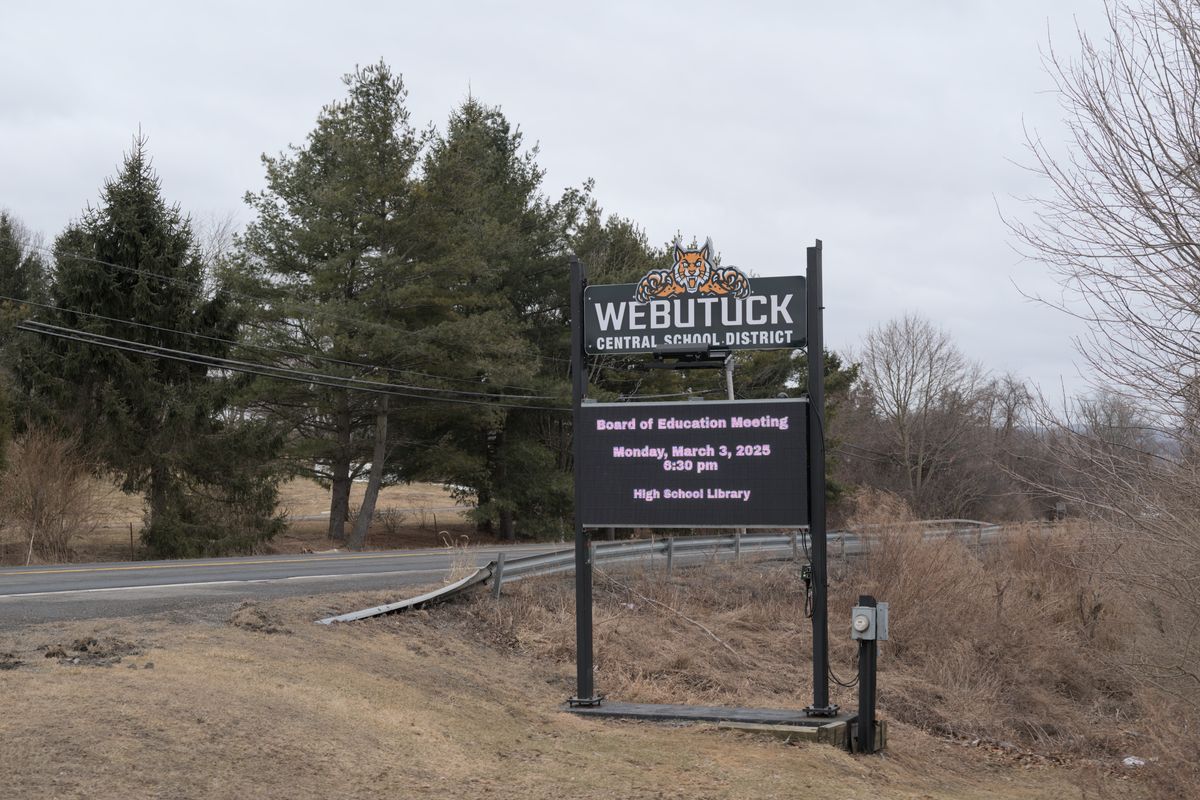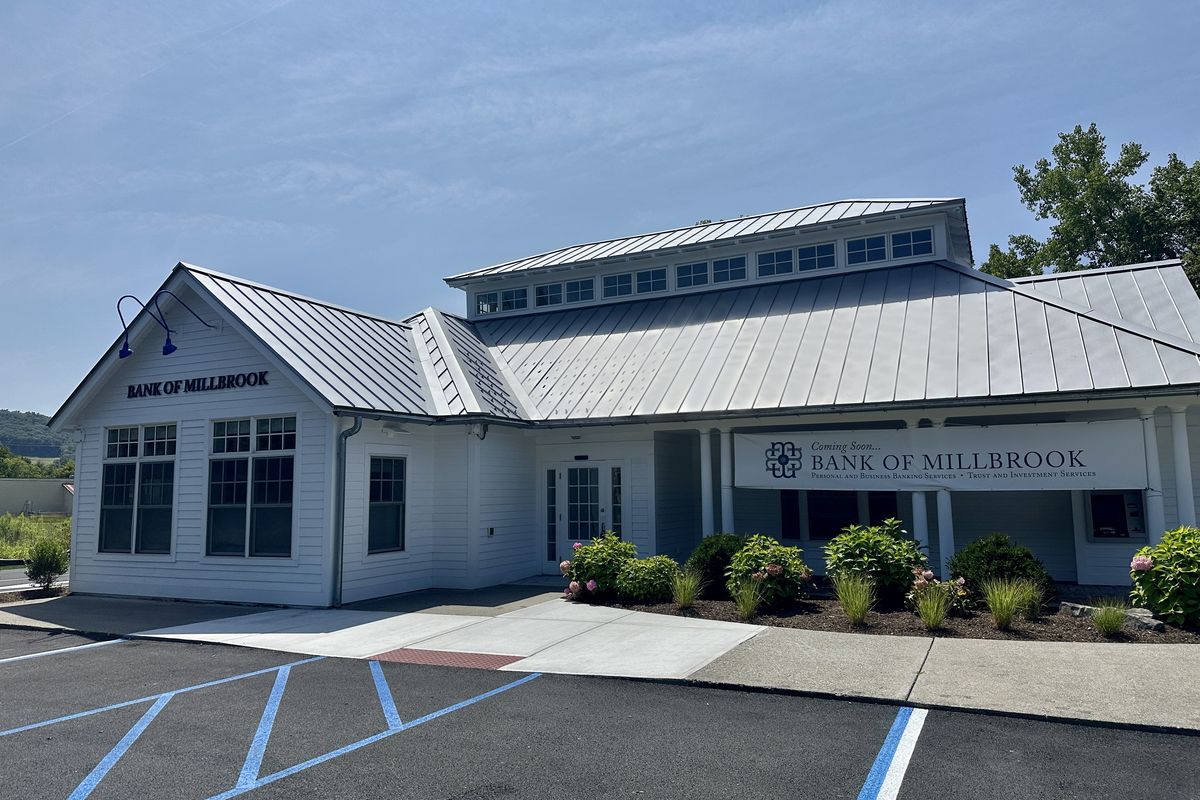Latest News
Devon Allman
Venla Shalin
On Friday, Aug. 15, The Devon Allman Project will play Infinity Hall in Norfolk. As the son of the legendary musician Gregg Allman, Devon carries on the family tradition while stepping out on his own.
“We’re honored to keep the tradition alive,” said Allman. “But I don’t play my records and try to compare them to records from 50 years ago. I try to write songs that mean something to me, and hopefully they’ll resonate with other people.”
His band features harmonica player/singer Jimmy Hall, guitarist Larry McRae and singer Sierra Green.
“It’s an all-star show. Jimmy Hall is from the great Wet Willie band from the ‘70s. Larry McCray is regarded in blues circles as a legend, and we’re honored to introduce Sierra Green. She’s a fantastic up-and-coming R&B singer from New Orleans who has been wowing the crowds. Everybody gets to pick up the ball and run with it. It’s an elevated show for sure.”
Their Infinity Hall Norfolk gig will feature cuts from his new album “Blues Summit,” as well as hits from The Allman Brother’s catalog, tunes from Devon’s early catalog and songs by Jimmy Hall.

Asked what he learned about life from his famous father, Allman chuckled and said,
“Stay away from drugs and don’t get married seven times! My dad would laugh and agree to that. Musically, just let the music ooze out of you know. You don’t want to force it. Play what moves you.”
“I didn’t meet my father until I was 17. Once I met him, I went out on tour with The Allman Brothers instead of going to my senior year of high school. I already knew what I wanted to do, but I really wanted to see if it was going to be my calling. They had me sit in on the final night of the tour in Miami singing “Midnight Rider” to 5,000 people. I was 17, and that did it. The energy was just amazing. I was putting bands together from then on,” he added.
Various members of the extensive Allman Brothers family have their own musical projects such as the “Allman Betts Family Revival.” For those shows, Devon tips his hat to Duane Allman and Dicky Betts by playing a Gibson Les Paul but for The Devon Allman Project, he primarily plays a 1966 Fender Stratocaster.
Gregg Allman, who died on May 27, 2017, passed down many of his prized instruments to his son.
“He left me 43 guitars. I also got his grand piano and his Hammond B3 organ. The grand piano is set up in my music room; the Hammond B3 comes with us on the revival tours. I try to utilize his instruments so they’re not just sitting around,” he said.
Audiences at Infinity Hall Norfolk can expect solid grooves, dynamic range, and a lot of energy.
Having started their tour in Sweden, the band will carry on playing the USA and Europe for three week stretches over the next year.
“We’re just having a lot of fun. Infinity Hall is a great venue, and we always love playing it. We hope to see everybody!” Allman said.
For ticket info, merchandise and more, visit:devonallmanproject.com
Keep ReadingShow less
Fire hydrant replacements in the village disrupted water service for businesses on Main Street.
Photo by Aly Morrissey
MILLERTON — Construction on Main Street last week disrupted traffic as crews worked to replace an outdated fire hydrant next to Oakhurst Diner.
The scheduled maintenance, which continued into this week, was part of a 2019 grant awarded by the New York State Department of Health under the Water Infrastructure Improvement Act. Since then, the village has been upgrading undersized, damaged and outdated hydrants. A total of 25 hydrants have been replaced.
A statement on the village website reads, “This initiative aims to align our water system with the 10 States Recommended Standard for Water Works, enhancing safety by reducing the risk of hydrant vehicular strikes.” Water service was temporarily shut off at times last week and Monday as part of the scheduled work.
An employee at Oakhurst Diner said the water disruption caused the restaurant to open late on Friday at noon but had otherwise not affected business as of Monday morning.
Keep ReadingShow less
Republican County Comptroller candidate Will Truitt currently serves as the chair of the Dutchess County Legislature.
Photo provided
Republican Will Truitt of Hyde Park is facing off against Democrat Dan Aymar-Blair for the county comptroller seat in the Nov. 4 election.
Truitt currently serves as the chair of the Dutchess County Legislature and has served as Hyde Park and Pleasant Valley’s representative in the legislating body for the past ten years.
Truitt, 29, made his first foray into politics as a student at Marist College at the age of 19.
After a stint interning in Marc Molinaro’s office, Truitt decided to run for office himself. At the age of 20 he unseated the incumbent representative of Hyde Park and he’s been reelected to the seat ever since.
“I was knocking on all my neighbors doors,” Truitt said. “A lot of them recognizedand kind of knew who I was. They knew that I really wanted to serve and they put their faith in me.”
Truitt said his experience as the chair of the county legislature’s Budget and Finance Committee, and his current full-time job at Metzger Construction Corp. in Hopewell Junction, have prepared him for the comptroller’s position.
“You have to understand dollars and cents, you have to understand finance,” Truitt said. “I went to Marist for business, finance and accounting and a minor in economics so none of the language felt foreign to me.”
The County Legislature chair cited the passage of term limit regulation as a major success of his 10 years in government. “I have always believed term limits should be in place for all levels of government,” Truitt said. “I brought forward term limits in my first term and it failed pretty miserably. I brought it back in my second year and it passed unanimously.” Now, all elected county officials are limited to no more than 12 years in a particular post.
Truitt reflected on a failed bid to unseat New York Assemblywoman Didi Barrett when he was just 22-years-old, saying he’s eager to return to Northeast Dutchess County and meet more people on the campaign trail.
“I got to really know so many people in that region,” Truitt said. “I ran for the state assembly when I was that young because I — just like I did when I ran for the Dutchess County Legislature — I thought I could provide a strong voice for the people.”
Keep ReadingShow less
Wassaic residents and visitors crowded into the brand new wine shop next door to the Lantern in Wassaic for a grand opening celebration on Saturday, July 26.
Photo provided
WASSAIC — Fans of good wine attractively presented in a welcoming village ambiance will want to stop at the newly opened historic candy store turned wine shop in Wassaic, next to The Lantern.
The little shop that sold candy in the 1890s has been restored, opening as Ten Mile Table on Saturday, July 26, adding yet another reason to visit the village of Wassaic and absorb the reality that it is an imaginatively special place.
Owner Erika DaSilva paused for an interview on Thursday, August 7, reflecting on her new shop’s place in the community after a year of work preparing to open at 14 Main St., just next door to The Lantern.
“We’re doing wonderfully. We’re proud and excited to share with the community,” DaSilva said.
“It’s my own business,” DaSilva said, “but we would not be here were it not for the support of the folks who support The Lantern and The Wassaic Project.”
Adjacent to Ten Mile Table, between it and The Lantern is found the Newsstand, also restored to become a space that DaSilva described as being for community members who might have food, beverages or events to share with passersby, perhaps something like a lemonade stand or some other endeavor.
DaSilva said that she first began learning about wine more than 20 years ago, even working in European vineyards where protecting the environment was essential.Selections for the wine store are environmentally conscious.
“Everything is delicious, of course, but I like to feature natural wines that are good for the environment,” DaSilva said of her choices from wineries that keep the protection of the environment at the fore throughout the growing and production process.
“We’re able to support smaller producers,” DaSilva said.
The conversation was interrupted by a trio of customers seeking just the right wine.
“What are you going to do with it,” was one of the questions DaSilva asked in considering her range of choices that span mostly from $25 to $45, with a few outliers.
The outcome of the exercise was a wine deemed to be “light, but not wimpy,” just what the customers were looking for.
Thursdays at The Ten Mile Table offer festive wine tastings from 5 to 7 p.m. for a fee of $5 that includes upscale nibbles. DaSilva intends to invite chefs from among her broad field of talented friends to provide signature delicacies to enhance the wine tasting experience.
“I don’t want not to be creatively busy,” DaSilva said. “I just like trying things out.”
Ten Mile Table is open on Thursdays and Fridays from 1 to 7 p.m. And on Saturdays and Sundays from 1 to 6 p.m.
“I would love to be open more,” DaSilva said.
DaSilva resides in Kent with her family. Her husband, Minh Le, is the General Manager of The Lantern. Their daughter, Bibi, is 8, and son, Senna, just turned 3.
For more information about Ten Mile Table, go to www.tenmiletable.com or phone 845-570-5228.
Keep ReadingShow less
loading



















